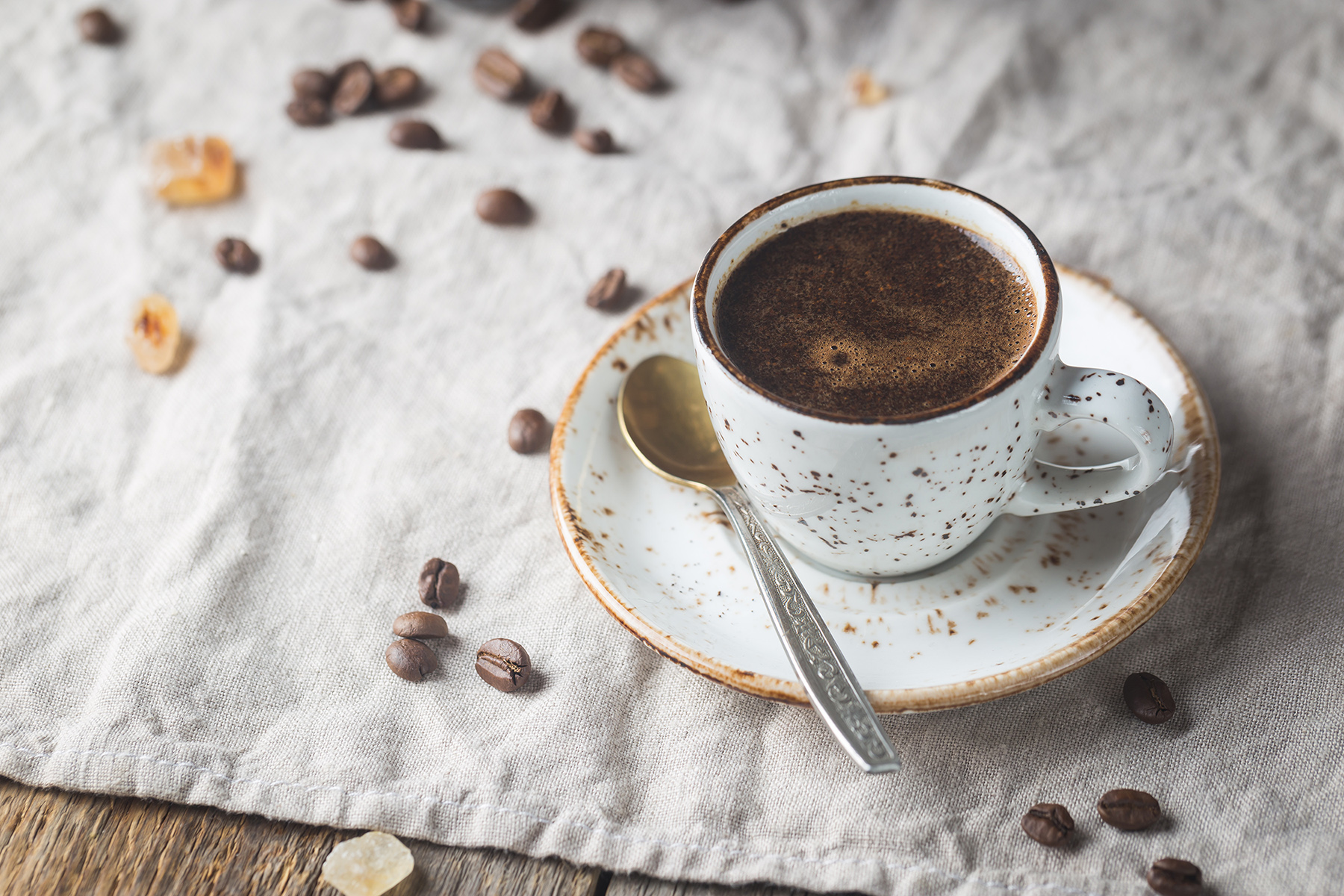Hold onto your hops, beer lovers! It’s time to talk about the perfect glassware for your beer tastings. You might think there’s a one-size-fits-all solution, but oh boy, you’d be wrong! In fact, the question of which glasses are best for beer tastings can spark quite the heated debate. But don’t fret, we’re here to help guide you through the maze of goblets, steins, flutes, and tankards. Because let’s be real, not all beers are created equal, and neither are their glasses. Some glasses are designed to keep the sediment at the bottom while others are meant to lock in those delicious flavors. So, ready to dive into the frothy world of beer glasses? Let’s go!
1. Teka Glass
Are you ready to take your beer tasting game to the next level? Look no further than the sleek and stylish Teku beer glass. This all-purpose glass has become a favorite among beer enthusiasts everywhere.
SIZE MATTERS: Most Teku glasses hold a generous 330ml, making them ideal for those delicious bottled craft beers. But don’t worry, there are larger versions available for those extra thirsty moments.
BREW-TIFUL CHARACTERISTICS: Designed by Italian wine experts Teo Musso and Lorenzo Dabove, the Teku glass is perfect for the serious beer taster. The easy-to-drink opening and specially designed bowl bring out the head and enhance the aroma of your brew. Plus, the stem keeps your beer at the perfect temperature by preventing heat transfer from your hand.
2 · Weizen Glass (Wheat Beer)
Get ready to raise a glass to your next wheat beer experience with the Weizen glass.
SIZE MATTERS: The Weizen glass is taller than a standard pint glass and typically holds around 500ml of delicious wheat beer in Germany. But don’t be surprised if you find some smaller versions in Belgium, they can hold as little as 250ml.
WHEAT-Y CHARACTERISTICS: This glass is similar to a Pilsner glass but with a more curved bulb and less angular shape. The thin body and wide bulge work together to create a beautiful frothy head, while the thin base keeps any sediment where it belongs – at the bottom of your glass. Perfect for sipping on a Weißbier or Witbier, it’s the ideal glass for any wheat beer lover.
3 · The Goblet or Chalice
An elegant choice and often used for dark, malty Belgian ales and German Bocks.
SIZE: Unlike pint glasses and stein glasses, beer chalices and goblets don’t have a specific size, but tend to range between 330 and 440ml.
CHARACTERISTICS: Perfect for dark, malty Belgian ales and German Bocks, the goblet’s wide mouth makes beer tasting a breeze. The wide opening allows for easy profiling of the beer’s aroma and the bowl-like shape on top of a stem gives it that touch of elegance. Raise a goblet or chalice to your next beer experience
4. The Pint Glass
The pint glass is probably the most popular type of beed glass and are used for most beer types such as ales, lagers, IPAs, and pilsners.
SIZE: While there are variations, a pint glass typically holds around 500ml of beer. The imperial pint stems from Britain but is used in many parts of the world. The Imperial pint holds 568ml of beer, the American shaker holds 473ml, and the South Australian pint (the schooner) holds 425ml.
CHARACTERISTICS: American shakers have straight sides, and often criticized by beer experts as the straight sides cause the head to dissipate and the beer loses its qualities. However, most pint glasses have a bulge (nonic or “no-nic” due to its more durable design) near the top of the glass or grows towards the top (conical), which makes it easy to hold and helps to create a nice head that releases delicious aromas. No matter which size you choose, the pint glass is perfect for all types of beer, from ales to lagers, IPAs, and pilsners
5. Steins & Dimpled Mugs
The stein glass is good for session drinking ales, pilsners and lagers.
THE SIZE The stein glass does not have a regulated size, but tends to be around 500ml or 1L. The dimpled pint glass that looks like a hand grenade is usually an imperial pint of 568ml.
CHARACTERISTICS OF THE STEIN: Historically, steins had lids to keep out flies. Steins are made of all kinds of materials, including earthenware, stone (possibly the root of the word “stein”), bone, and glass. They are highly collectable, but tend mainly to be found at events like the Oktoberfest or tourist locations. The dimpled glass mug nearly disappeared with the rise in popularity of the nonic glass, however, it is seeing a resurgence in some areas. Both glasses are good at maintaining the beer cold and are very durable, but somewhat cumbersome, heavy, and non-stackable.”
6. The Flute Glass
Pop the cork on your next lambic, bière de champagne, bière Brut, or fruit beer with a fancy flute glass
SIZE There’s no specific size for a flute glass, but they tend to be on the petite side. Perfect for sipping, not chugging!
FLUTE-ASTIC CHARACTERISTICS: The beer flute is designed just like a champagne flute for a reason! The tall and skinny shape forces the carbonation to the top of the glass, creating a bubbly explosion of aromas. And let’s be real, who doesn’t love a good bubbly explosion? Fruit beers are a perfect match for this glass, and the stem keeps your drink nice and chilled so you can sip in style. Cheers to that!”
7. The IPA Glass
Get hopelessly hoppy with the newest addition to the beer glass family – the IPA glass.
SIZE: The IPA glass, AKA Spiegelau IPA glass, is often designed for specific breweries, so sizes can vary. But in general, they range between 300 and 500 ml.
CHARACTERISTICS: Because IPAs are known for their hoppy and aromatic nature, the IPA glass is designed to accentuate those delicious aromas. The ribbed bulges at the bottom of the glass help to create a frothy head, while the narrowing top forces the aromas to the surface for a focused stream of deliciousness. The bowl shape helps to lock in those flavors for longer. The tulip beer glass is similar to the IPA glass but without the ridged stem. The tulip’s bulb shape also helps to lock in the aromas and flavors for longer, making it a great choice for any IPA lover. Cheers to that!



